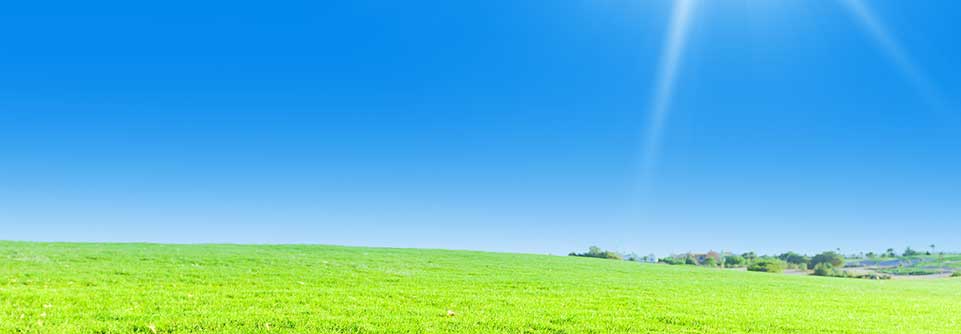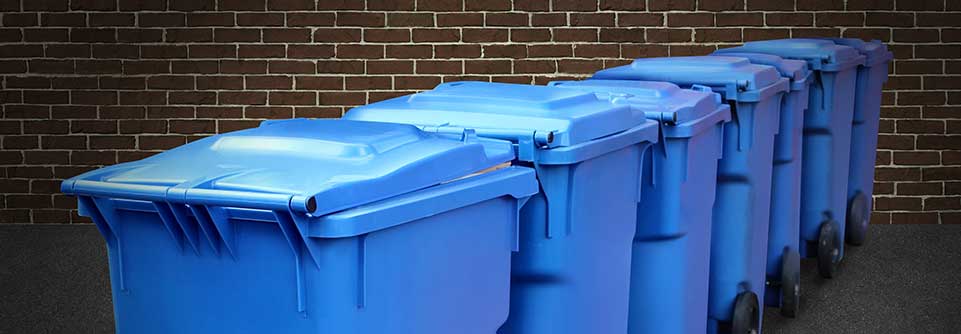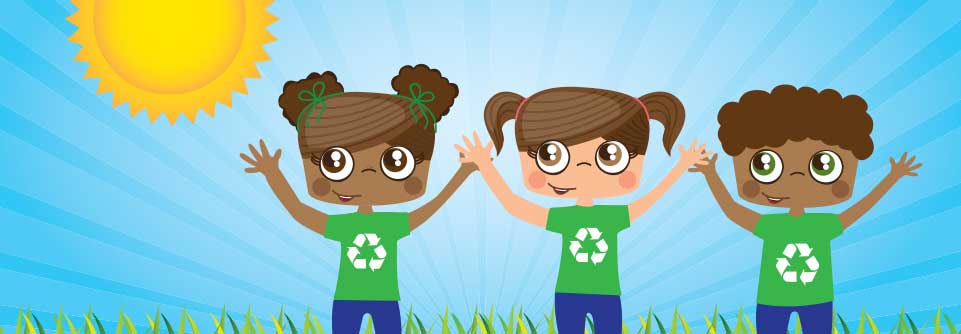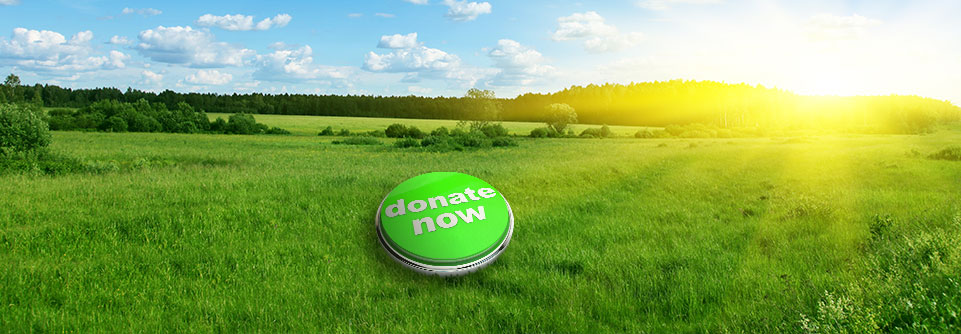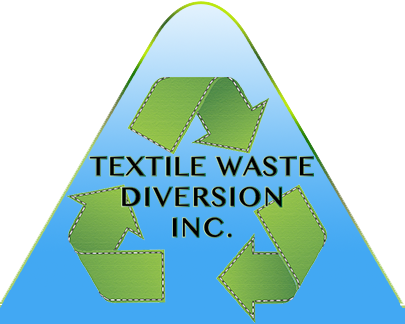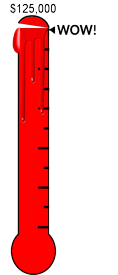
Thanks to your support, we were able to donate $125,000 to Canadian registered charities.
TWD Begins Multi-Unit Residential Pickups
by Textile Waste Diversion Inc.
 Textile Waste Diversion has two main mandates: the first is to divert as much textile waste as possible from landfill. The second is to help registered charities and non-profits maximize the fundraising potential of textile recycling. We work with several charities in this endeavor and as a result, we divert approximately 33 million pounds of textile waste from landfill each year.
Textile Waste Diversion has two main mandates: the first is to divert as much textile waste as possible from landfill. The second is to help registered charities and non-profits maximize the fundraising potential of textile recycling. We work with several charities in this endeavor and as a result, we divert approximately 33 million pounds of textile waste from landfill each year.
We recently attended a summit held by York and Markham region, where we learned that in some municipalities, textile waste comprises of 12% of the municipal waste stream. It has been a long well known fact that only 25% of textiles in Canada are actually recycled. The vast majority of textiles do end up in a landfill which is unfortunate given that 95% of all textiles can be reused / recycled. The biggest percentage of textile waste we see, comes from the residential sector as the average Canadian disposes of 14 kilograms of textile waste every year. As such, multi-unit residential complexes like apartment buildings, condominiums, and townhouse complexes have the biggest impact on municipal waste streams.
To help with this, TWD set up a business model of placing used clothing donation bins in areas Canadians already frequent, like stores and businesses. This convenient model allows residents an environmentally friendly solution to their textile waste problem, all while raising money for integral charities.
One of our clients, the Canadian Community Support Foundation, made us aware that although this solution may be convenient to some Ontario residents, anybody that relies on public transportation, is elderly or disabled may not find carrying heavy bags of clothes to their nearest store a possibility. They also made us aware, that many multi-unit properties have requested assistance, but don’t have the space to place a bin on the premises. It is very inconvenient for apartment dwellers, who often don’t have vehicles, to find a bin close enough to them to be feasable. As a result, buildings that have garbage chutes are finding textiles blocking the chutes causing expensive repairs and inconvenience to residents who are forced to smell garbage that is stuck because a bag of clothes is blocking the way down.
As a result of this service gap, our client is missing out on potential donations that could really support all the wonderful things they do. It was clear we needed to find a solution.
We have decided effective immediately, in select cities, to implement a new program of scheduled multi-unit residential textile waste pickups for our client. We are proud to offer this service to building managers for free!
How it works: We will provide building managers advertisements that can be placed in the lobby and or elevators to let residents know that the service is now available. A building manager can decide on what day is best for pickup – that same day every month we will send a truck to the location to pick up the textile waste of that building. We also provide landlords little reminder cards that they could put in the mail boxes of their tenants to remind them a few days before pickup. The best part of this, is not only are we diverting this waste from the municipal waste stream, it is also raising funds for an outstanding charity.
This free service is now available in Toronto, Markham, Vaughan, Richmond Hill, Burlington, Oakville, Orangeville, Mississauga, Welland, St Catherines, Cambridge, Kitchener, Guelph, Milton, Hamilton, Brantford, and Cayuga.
We anticipate that this will be a successful endeavor, and hope to expand this service to all cities throughout southern Ontario. Our next step after that is to include single home collections as well.
If you live in a multi-unit residential building, please forward this information to your building manager. If you are a building manager wishing to join the service, please contact our clients, CCSF, to put yourself on their collection schedule.
Together we are building a community-driven, green future!
